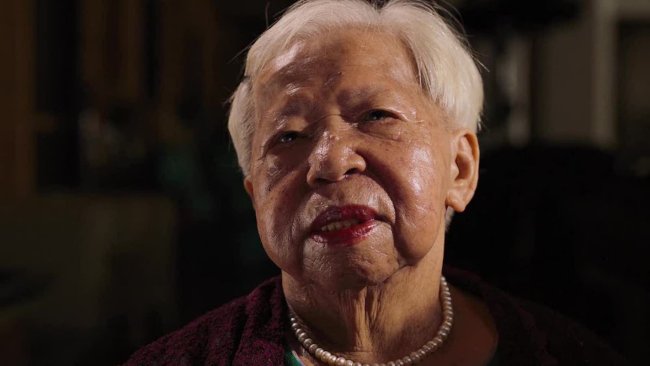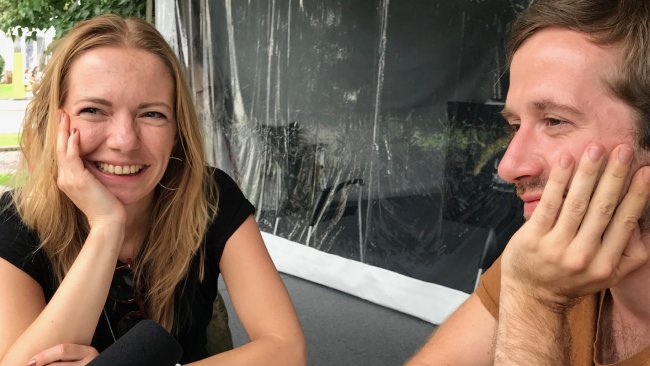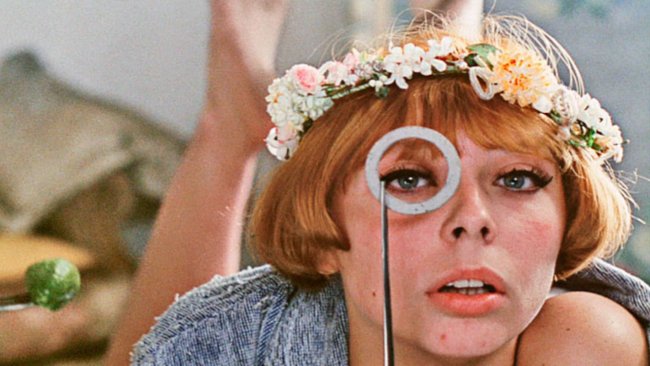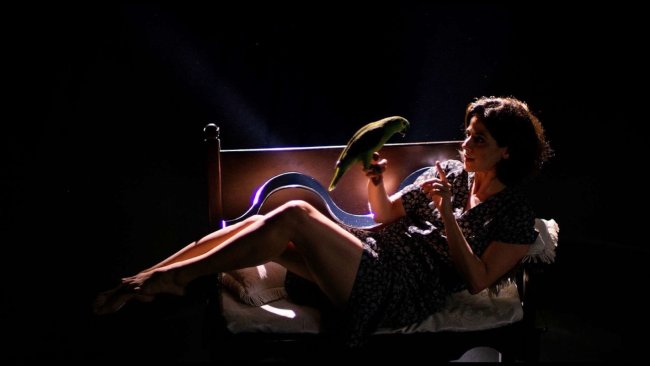Tokyo Ride
[…] The small talk in «Tokyo Ride» is like a comfortable carpet on which strong statements push us to exercise a change of perspective: Ryue is not only a guide to discover Tokyo but a revelatory mirror to see ourselves as Europeans.
[…] Ryue’s position will consequently be just in the middle between the continental Europe and the oceanic, insular Japan: it is precisely in peninsular Italy. Giuseppe Verdi’s music accompanies the journey with (the) Giulia, and his Alfa Romeo has been specifically chosen for being organic in scale…
Text: Giuseppe Di Salvatore
This article contains a third-party video. If you would like to watch the video, please adjust your settings.
It is raining. The two filmmakers, Ila Bêka and Louise Lemoine, take care to explain why they’re shooting on this precise day. They’re going to meet the architect Ryue Nishizawa, and the appointment was set up a long time ago. Without a tripod, we understand that the shooting will be a sort of performance. The camera won’t set the rules, it will simply follow its protagonist through a Tokyo ride with Ryue’s Giulia, the old sport Alfa Romeo. The viewer probably does not know Ryue, does not understand why this ride is worth the unease the first images convey, is worth the long small talk between them, which seems to lead nowhere.
This beginning that demands patience will reveal itself to be a formidable exercise in hearing the Other. Ryue does not speak overly much, but his words unfailingly unveil another perspective, where the fascination for the Western world cannot but stress his being Japanese. «Japanese people are children, are naked like children… Not, actually 15 years old, Japanese people are young… They need always new things; no old things remain… In Japan there are earthquakes, …and we had a big war, the bombs, you know…». Contrary to Europe, where people like to express happiness – Ryue continues – Japanese won’t ever say that they “enjoy” something. «They don’t know how to say “hallo”». Speaking about people and customs mixes up with speaking about architecture: «In Europe you add new things on old ones. Architecture is an affair of addition…». European architecture is strong, brutal, monumental – and, contrary to what we probably would do, he says this with admiration. «You have walls to protect the city», the city defines itself through the separation from nature. Japan is an island, does not need to have walls, and there is no solution of continuity between the city and nature. The small talk in Tokyo Ride is like a comfortable carpet on which strong statements push us to exercise a change of perspective: Ryue is not only a guide to discover Tokyo but a revelatory mirror to see ourselves as Europeans.
This confrontation with Ruye is not really the confrontation between West and East, but between the continental and the insular – the climax of this confrontation being Ryue’s intuition of continental architecture (both European and Chinese) as a noun – a statement, we could add – whereas insular, «oceanic» architecture should be interpreted in terms of verbs. This is a real challenge to current architecture, as it is often conceived as expanded design, letting the image, the drawing, the concept prevail. In contrast, oceanic architecture would start with gestures, and movements are guiding principles. Now we understand how Bêka & Lemoine’s choice for the car ride is neither accidental nor purely responsive to Ryue’s capricious passion for cars. The fundamental question of movement in architecture is at stake.
What’s more, Ryue’s car, in particular, is not only a vehicle but also a cabin, a sort of tiny house, that reflects the character of the individual. And here emerges another fundamental question, which probably concerns less Japan and more specifically Ryue as architect: the question of dwelling, living, inhabiting. In this respect, also thanks to the confrontation with Ryue’s long-standing collaborator, Kazujo Sejima (his master then co-founder of the studio SANAA), we discover how, on one side, he borrows the element of the continuity with nature from the “oceanic” vision, mainly through the centrality of the patio, and, on the other side, he distinguishes himself from Japanese culture by putting the individual at the centre. He has an admiration for European surfaces, for instance in his praise for Mies van der Rohe, who «makes architecture for kings». Ryue’s position will consequently be just in the middle between the continental Europe and the oceanic, insular Japan: it is precisely in peninsular Italy. Giuseppe Verdi’s music accompanies the journey with (the) Giulia, and his Alfa Romeo has been specifically chosen for being organic in scale: not the result of the perfect industrial assembly of German cars, nor the triumph of electronics of Japanese cars.
While Ryue and Moriyama San listen to Enrico Caruso singing «Una furtiva lacrima» on the roof of Moriyama House, we see how Ila Bêka and Louise Lemoine made the right choices and have therefore composed a perfect filmic jewel. The improvisation («they approach the architecture moving like cats», says Ryue), the car, both intimate and moving, the alternance between being in motion and being in houses, even the black and white of the film interpreting Ryue Nishizawa’s fascination for the “classic” architecture of Le Corbusier, Oscar Niemeyer or Kenzo Tange… all of this precisely expresses the figure of an oceanic architect that dares to enjoy life.



